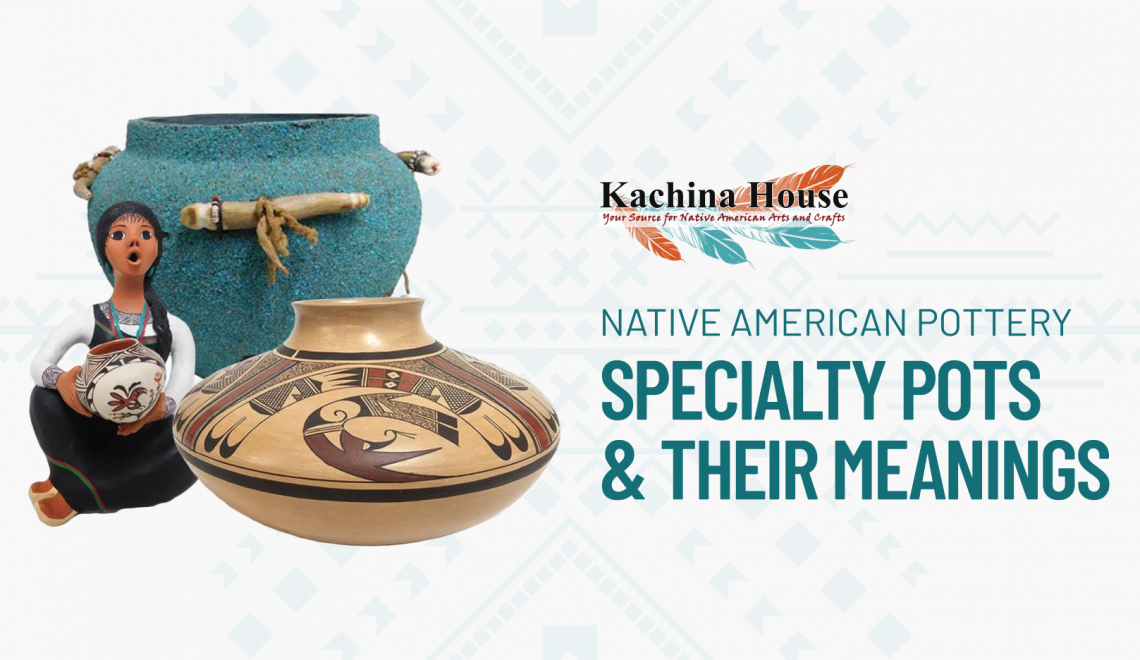
While the Thanksgiving holiday is often centered on gratitude and harvest, its historical roots are tied to Native American cultures. The pottery made by Native Americans carries not just practical significance but cultural, spiritual, and artistic importance as well.
In this article, we focus on Zuni fetish pots and their spiritual significance.
The Role of Native Americans in Thanksgiving History
The history of Thanksgiving is tied to Native American life, but the real story is often left out. Most people have heard about the feast between the Pilgrims and Native Americans in 1621, but the relationship between them was much more complicated.
Long before settlers arrived, Native Americans held their harvest celebrations. These events were spiritual and focused on giving thanks for things like good harvests, hunting, and nature’s gifts. Tribes, like the Wampanoag, who are part of the Thanksgiving story, had strong traditions of gratitude to the land and their ancestors.
When the Pilgrims arrived, the Wampanoag helped them survive by teaching them how to grow crops such as corn and how to live off the land. The feast they shared in 1621 was a moment of peace, but it didn’t last.
As we reflect on Native American history during Thanksgiving, it’s important to recognize their contributions to our lives. These include agriculture, architecture, governance, as well as arts and crafts, and, of course, their spirituality, The Native American history is one of resilience.
The Beauty and Purpose of Native American Pottery
Native American pottery holds cultural, historical, and spiritual value, making it far more than decorative art. Once used for storing water, preparing meals, and conducting ceremonies, each piece carries a story. Modern appreciation focuses on its stunning craftsmanship and the symbolic meanings behind each design.
Let’s meet an example to better understand the meaning behind Native American pottery.
Zuni Fetish Pots: A Window into Spiritual Connection
One fascinating example of Native American pottery is the Zuni fetish pot.
These turquoise and other gemstone-encrusted pots are made by the Zuni people, renowned for their spiritual artistry. Fetish pots feature a hole in the side of the pot to allow the spirits to travel in and out, and to provide food. The pots contain small animal carvings, called fetishes, attached to the exterior and sometimes nestled in corn meal on the interior. These animals symbolize spiritual guides or protectors and are believed to carry powers to help with strength, courage, wisdom, or healing. A fetish pot is much like a cornucopia, giving one to someone is hoping they will never be hungry.
Some fetish pots are used in spiritual practices, serving as a way to connect the natural and spiritual worlds. These pieces are placed on an altar and the fetish pots are treated as honored guests. .
All in all, incorporating anything Native American, from your centerpiece of dried corn in a Native-made basket to food based on the fall plants that the Native American taught us to grow. Thanksgiving celebrations can be a meaningful way to honor the rich cultural heritage and spiritual traditions of Native American communities.
For more cultural insights and to explore authentic Zuni fetish pots and other Native American pottery, visit kachinahouse.com.
Happy Thanksgiving!

